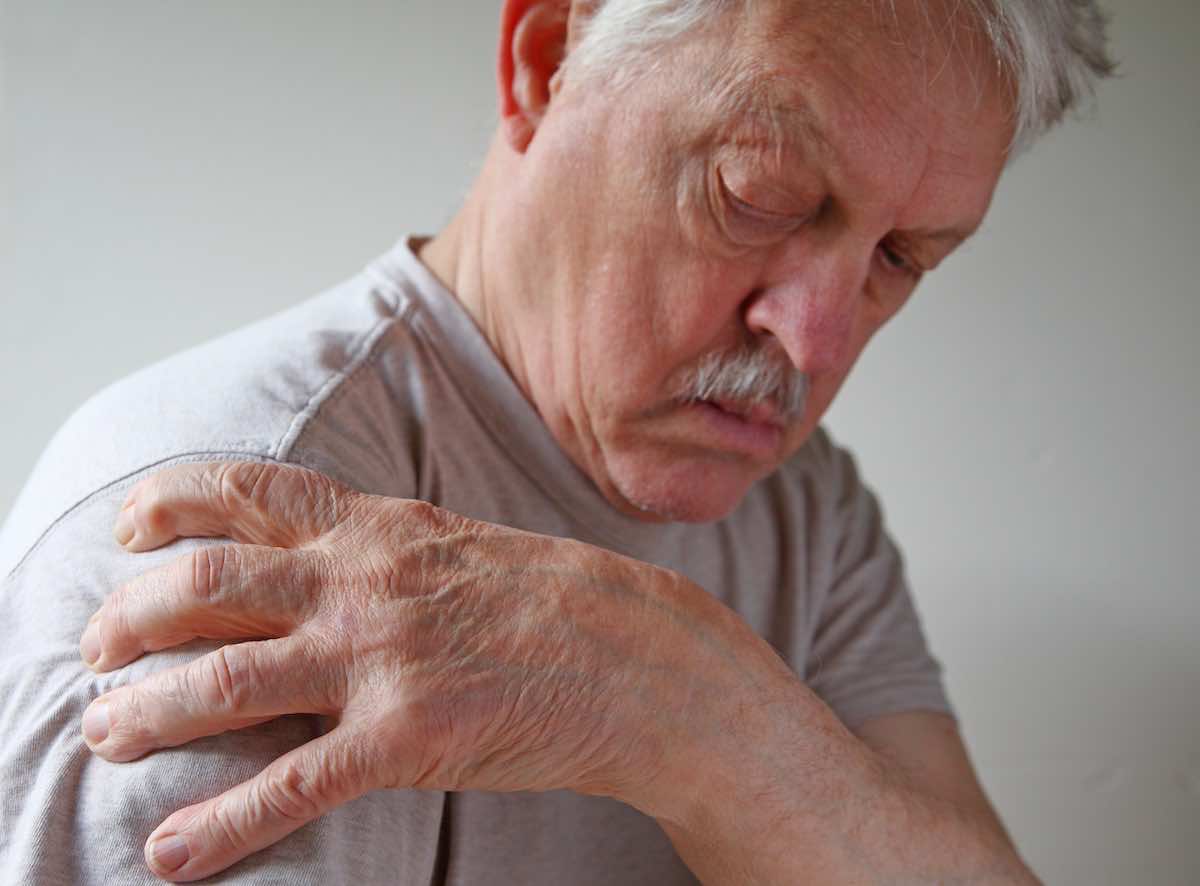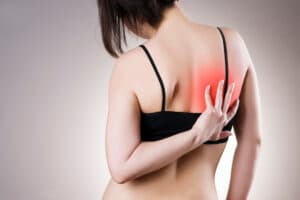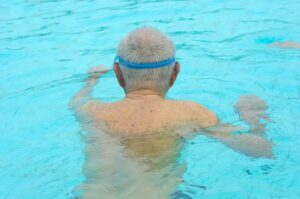Free download: Top 10 Natural & Easy Remedies for Joint Pain from Home. Learn these helpful remedies.
Estimated Reading Time: 7 minutes read
The shoulder labrum is a vital piece of our shoulder’s anatomy. It’s a ring of cartilage that fits around the shoulder blade socket, providing a cushion and stabilizing the ball of the upper arm bone. This piece of fibrous tissue ensures our shoulder has a wide range of motion without dislocating and maintains the joint’s overall integrity.
The labrum plays a significant role in various shoulder activities. From reaching upwards to throwing or even just lifting a bag, the labrum works in the background, keeping the shoulder stable. But its active role also makes it prone to injuries, most commonly tears.
Table of Contents
Symptoms and Causes of a Shoulder Labral Tear
When the labrum is injured or torn, several symptoms might emerge:
- A sensation of catching in the shoulder.
- Pain, particularly during activities that require lifting the arm overhead.
- A general feeling of weakness in the shoulder.
- Instability, or a sensation that the shoulder might “pop out.”
- A decreased range of motion in the shoulder.
- Shoulder pain that persists even after rest.
The root causes of these tears can be varied. They might stem from sudden trauma to the shoulder, repetitive movements, strenuous lifting, or the natural wear and tear that comes with age. Athletes, especially those in sports requiring throwing or heavy shoulder use, are often more susceptible.
Safety Considerations
When starting a new exercise routine, especially if you have an existing condition or injury, safety should be your top priority. Listen to your body and pay attention to how each movement feels. If a particular exercise causes more pain or feels wrong, it’s crucial to stop right away. Remember, exercises are meant to help you heal and feel better, not cause additional harm.
Consistency and patience play a crucial role in recovery. Sticking to your routine is essential, but it’s equally vital to ensure you’re doing each exercise correctly. Rushing or pushing yourself too hard can do more harm than good. A slow, steady approach where you focus on proper form can lead to better and safer results in the long run.
Finally, while confidence in your exercises is beneficial, staying informed and educated is also good. Occasionally revisiting the basics, understanding the purpose of each exercise, and recognizing the signs your body gives can help in a more effective and safer recovery journey.
Ways To Avoid Shoulder Labral Problems
To prevent future complications or shoulder labral issues, being proactive is key. Regular shoulder exercises for strengthening and flexibility can help reduce the risk of injuries. When the muscles surrounding the shoulder are strong, they can offer better support and protection to the joint.
Moreover, maintaining proper form during daily activities and workouts can prevent undue strain on the shoulder. Overexertion, especially in repetitive overhead motions, should be avoided. Listening to your body and recognizing when to rest and when to push can be crucial in preserving the health of your shoulder.
Exercise Routine for Pain Relief
Targeted exercises can be highly beneficial in alleviating the discomfort from a labral tear. A simple tool like a Lacrosse ball can help. Tension can be relieved by placing it against a wall and pressing into the tight areas of the shoulder for 1-2 minutes four times a week.
A. Resistance Band Exercises
1. Rows
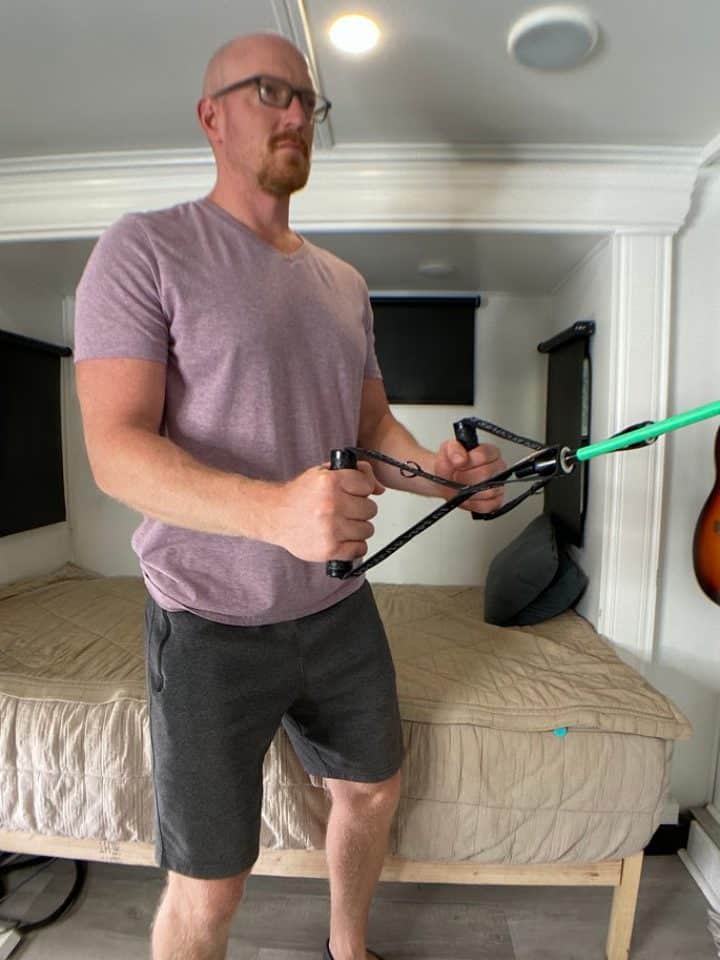
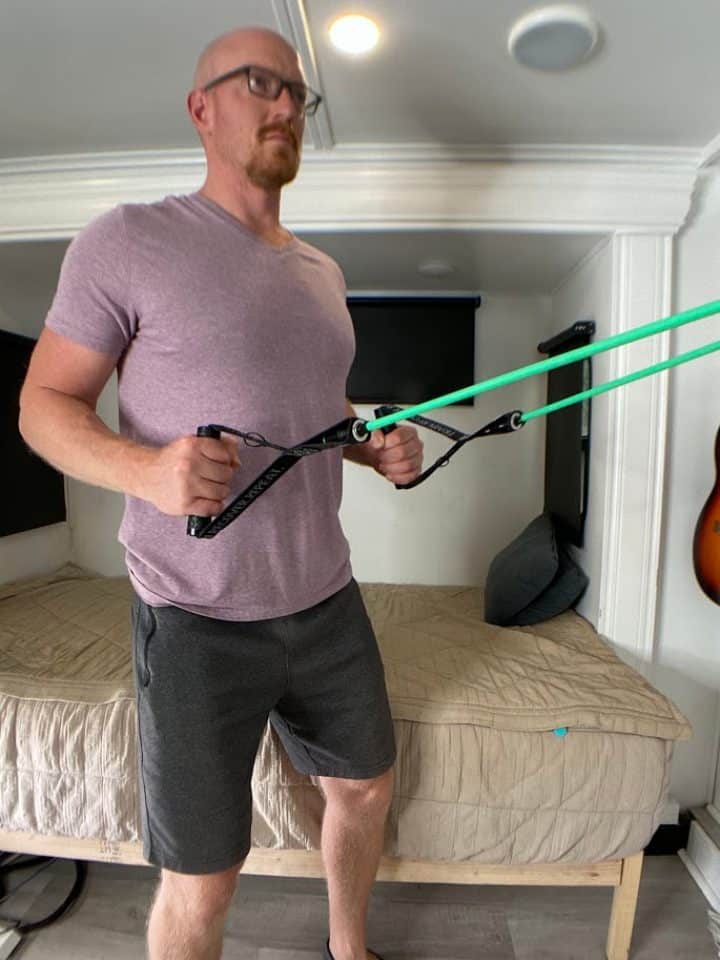
- Hold on to the ends of a resistance band (light, medium or heavy), which you can attach to a door knob.
- Begin with the arms elevated in front of you to shoulder height and the palms facing each other.
- Step back far enough that the resistance bend has a little tension.
- Pull back on the band by bending the elbows and swinging the arms back next to you. Make sure to squeeze the shoulder blades together.
- Hold for 2 seconds, then return to your starting position.
- Repeat 10 repetitions for 3 sets.
2. Shoulder Horizontal Abduction


- Hold the band between the center and ends of the band.
- Position the arms stretched out in front of you at shoulder height, with the palms facing down towards the floor.
- While keeping the elbows straight, open the arms out to the side until they are side by side with the shoulders.
- Squeeze the shoulder blades together during this motion.
- Make sure you perform the exercise pain-free.
- Return to your starting position.
- Repeat 10-15x for 2-3 sets.
3. External Rotation with Resistance Band


- Hold the resistance band at the point between the center and ends of the band in both hands.
- Position the elbows bent at a 90-degree angle with the upper arms tucked at your side.
- While squeezing the shoulder blades together and keeping the elbows tucked by your side, open the forearms away from your center.
- Return to your starting position.
- Repeat 10-15x for 2-3 sets.
4. Internal Rotation with Resistance Band
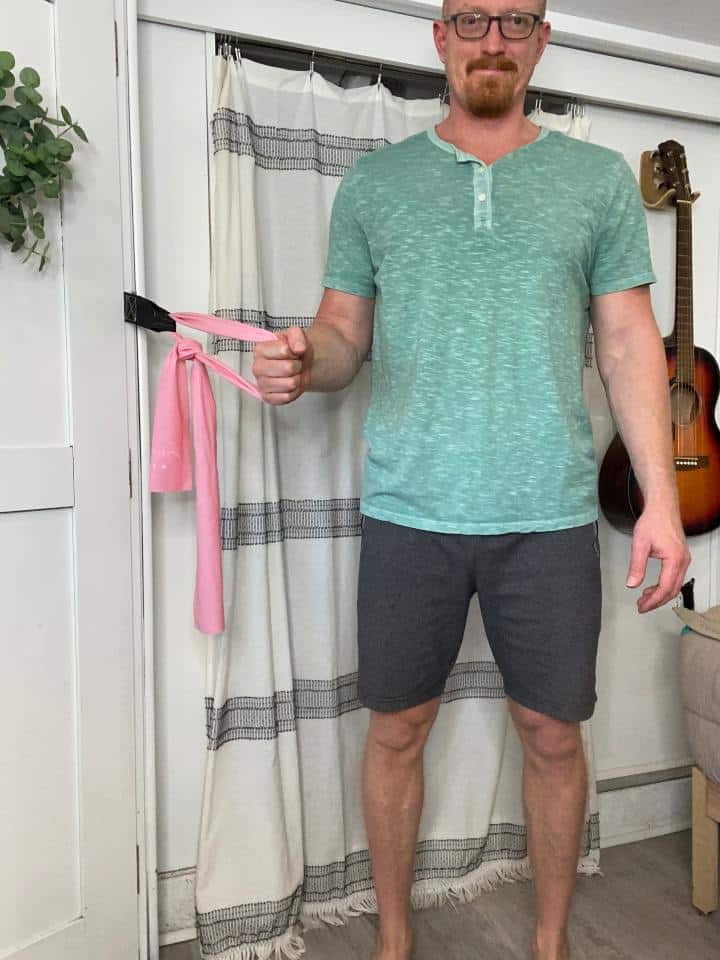

- This one will have to be done one arm at a time.
- Loop one end of the band around a door knob or other secure structure.
- Hold the band in the arm closest to the door or other structure the band is attached to.
- Bend the elbow 90-degrees with the upper arm tucked by your side.
- While keeping the shoulders pulled back, pull the band in towards the stomach.
- Return to your starting position.
- Repeat 10-15x for 2-3 sets.
5. Shoulder Flexion


- In standing or sitting, place the feet on the middle of the resistance band.
- Hold the ends of the bend in your hands.
- Keeping the elbows straight and the thumbs pointing forward, lift the arms up towards the ceiling.
- Lift no higher than shoulder height, then return to your starting position.
- Make sure you perform the exercise pain-free.
- Repeat 10-15x for 2-3 sets.
B. Shoulder Isometrics
For those finding full movements too painful, isometric exercises are a viable alternative:
1. Isometric Shoulder Abduction
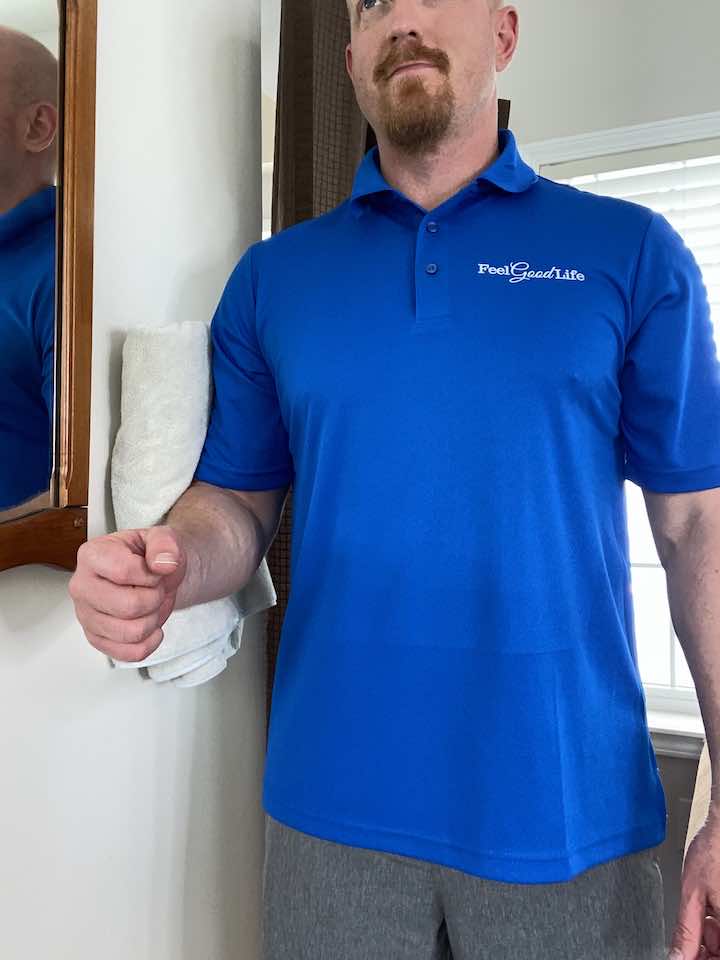
- Stand next to a wall with your side facing it.
- Place a pillow between your arm and the wall.
- Push your arm away from your body, pressing the pillow into the wall.
- Feel the contraction in your shoulder muscles.
- Hold the contraction for a few seconds.
- Relax and release the pressure.
- Repeat the exercise as desired to target your shoulder muscles.
2. Isometric Shoulder Extension
- Stand with your back against the wall, ensuring your elbow is bent at a 90-degree angle.
- Gently press the back of your elbow into the wall, gradually increasing the pressure for 5 seconds.
- Start with about 50-60% of your maximum strength, considering your pain levels. Avoid pressing too hard if you experience cramping or a significant increase in pain.
- Repeat the exercise eight times, focusing on activating the muscles in the back of your shoulder and arm.

3. Isometric Shoulder Flexion

- Stand facing the wall with your elbow bent at a 90-degree angle.
- Gently press your fist into the wall, gradually increasing the pressure to approximately 50-60% of your maximum strength.
- Hold this position for 5 seconds, focusing on the activation of the muscles in the front of your shoulder and arm.
- Repeat the exercise eight times, maintaining proper form and control throughout each repetition.
4. Isometric Shoulder External Rotation
- Stand in a door frame with your elbow bent at a 90-degree angle.
- Place the back of your hand against the door frame, focusing on the area just above your wrist.
- Gently press the back of your hand into the door frame, gradually increasing the pressure to approximately 50-60% of your maximum strength.
- Hold this position for 5 seconds, concentrating on activating the muscles responsible for external rotation.
- Repeat the exercise eight times, feeling the muscles engage on the outside of your arm and shoulder.
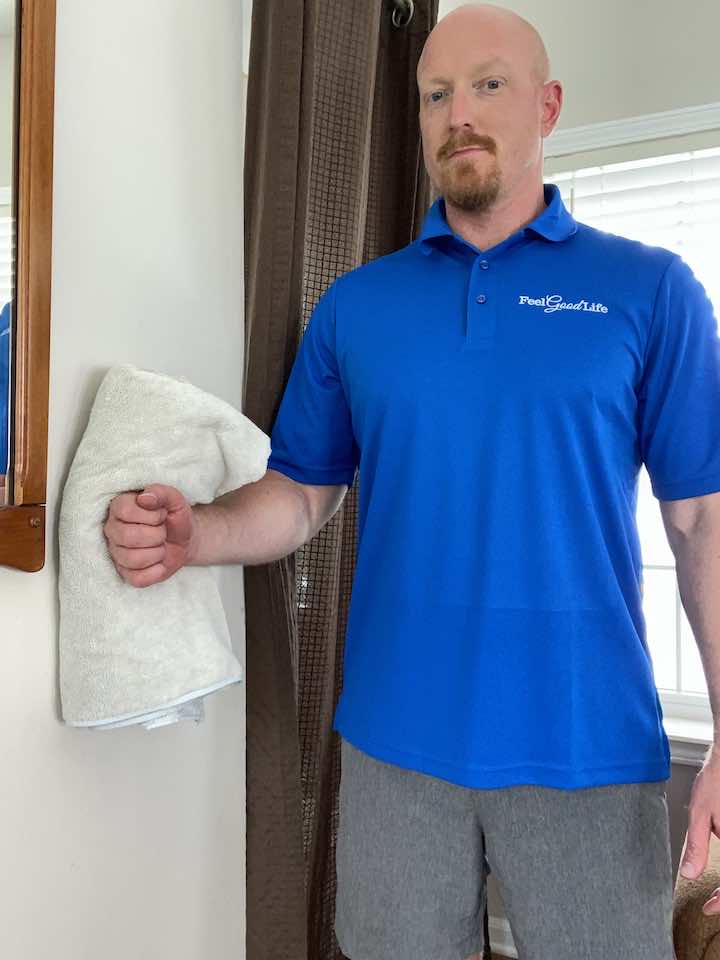
5. Isometric Shoulder Internal Rotation
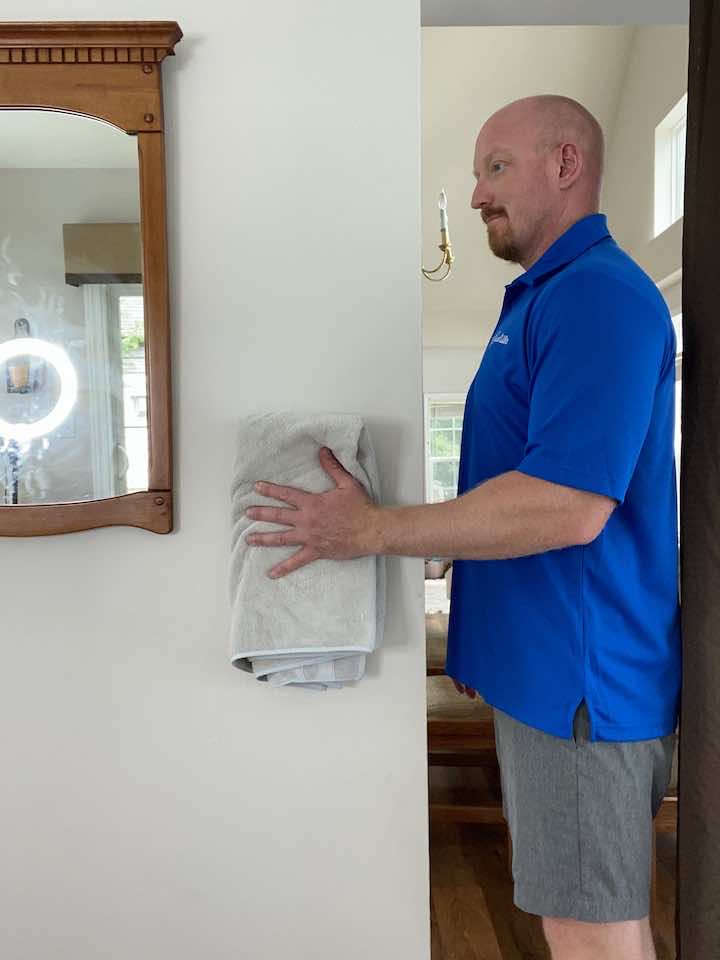
- Stand in front of a door frame with your elbow bent at a 90-degree angle.
- Place the palm of your hand against the door frame, focusing on the area just above your wrist.
- Gently press the palm of your hand into the door frame, gradually increasing the pressure to approximately 50-60% of your maximum strength.
- Hold this position for 5 seconds, concentrating on activating the muscles responsible for internal rotation.
- Repeat the exercise eight times, feeling the muscles engage on the inside of your shoulder and arm.
While exercises can significantly aid recovery, always remember to seek advice from a medical expert before starting. They can ensure the exercises are suitable and provide additional guidance on managing and healing a shoulder labral tear.


